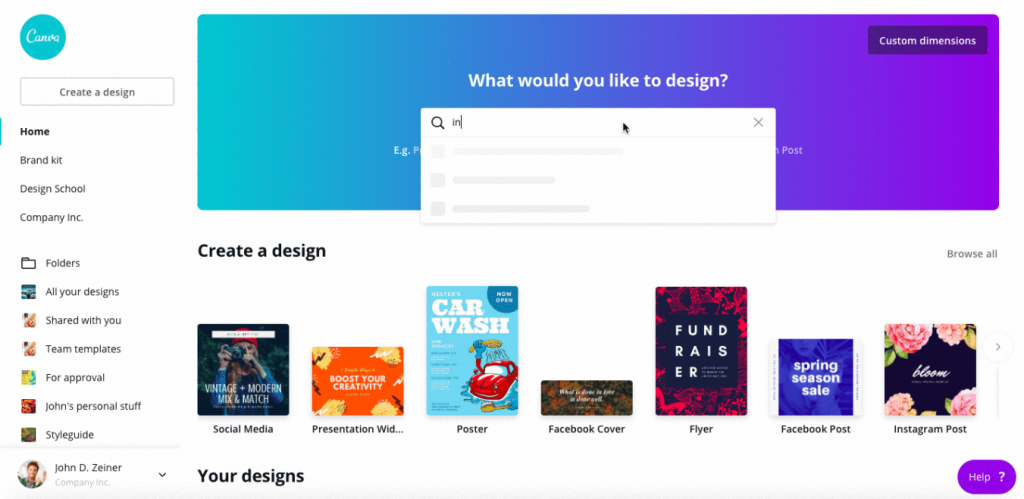One hundred million projects created and ten million users in 179 countries in just under six years of activity. We talk about Canva, a virtual reality created to create graphics, and personalize them, in an intuitive and simple way.
The idea, as it is easy to guess, is not aimed at the “geeks” grown in bread and Photoshop. Its main feature, besides being accessible to those who do not have special skills, is the possibility of free use of pre-set graphics, all of a good level, allowing you to modify them at will to make them more suited to your liking.
Melanie Perkins, a 19enne student of communication at the University of Western Australia, had this idea starting from her need to have editorial content, but with little time to develop them through the main Design software. Here was born its innovative business idea of online design website, simple to use.
The first step, to which he worked with co-founder Cliff Obrecht, was Fusion Books, an online design tool that students and teachers could use to easily make annuaries. Still in full business, Fusion Books has become Australia’s largest school directory publishing house, leading up to nearby New Zealand and even in our own Europe, specifically in France. From here to the idea of doing things in great, the step was very short, especially strong of the experience gained on how to build and implement a company.
The team then joined Cameron Adams, a technology expert and pro user at Google, who gave the real breakthrough to the project. It was the 2012, and from that moment on the road would have been all downhill. A road that has led Canva to have tens of millions of dollars of investment, a host of designers, developers, commercial, artists, consultants and investors, and to become after only six years a unicorn, one of those startups, become real companies and Own, which exceeded the billion-dollar capitalization.
